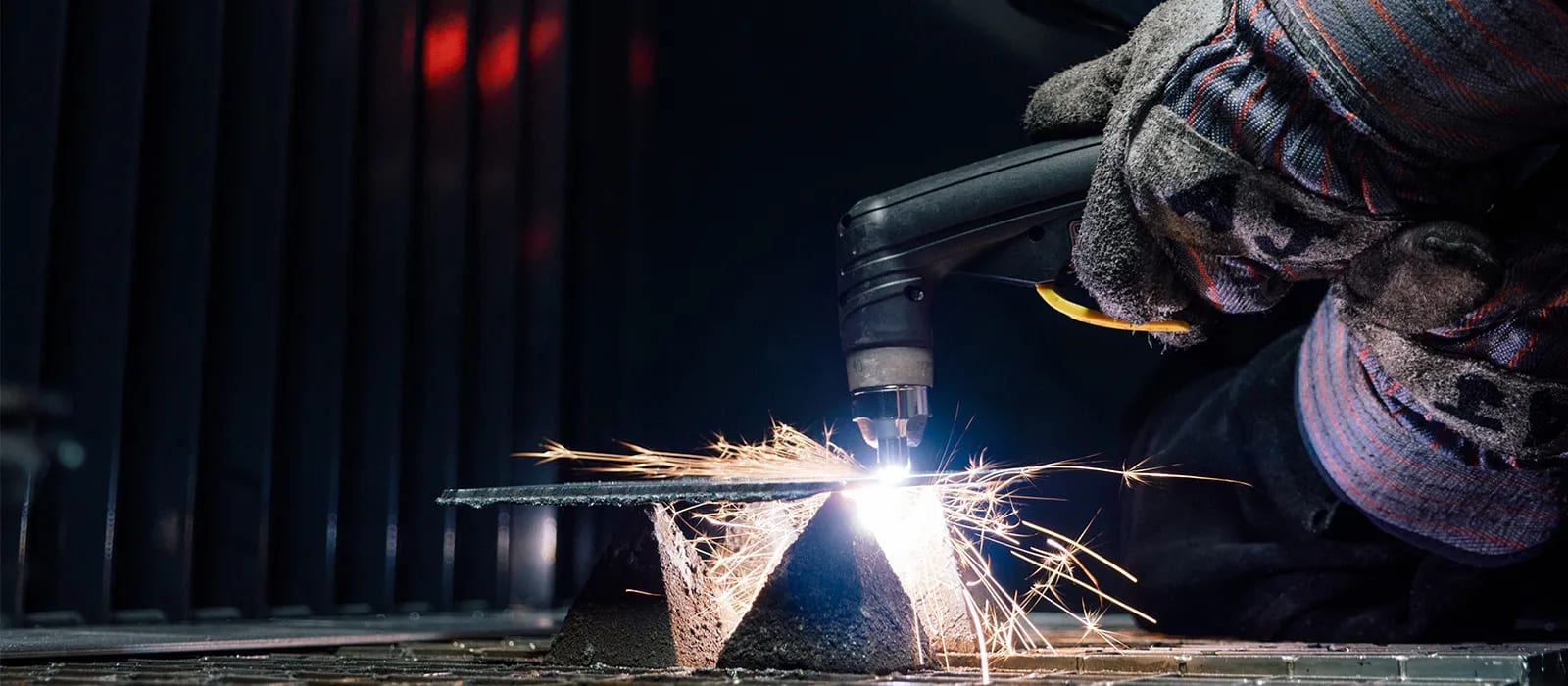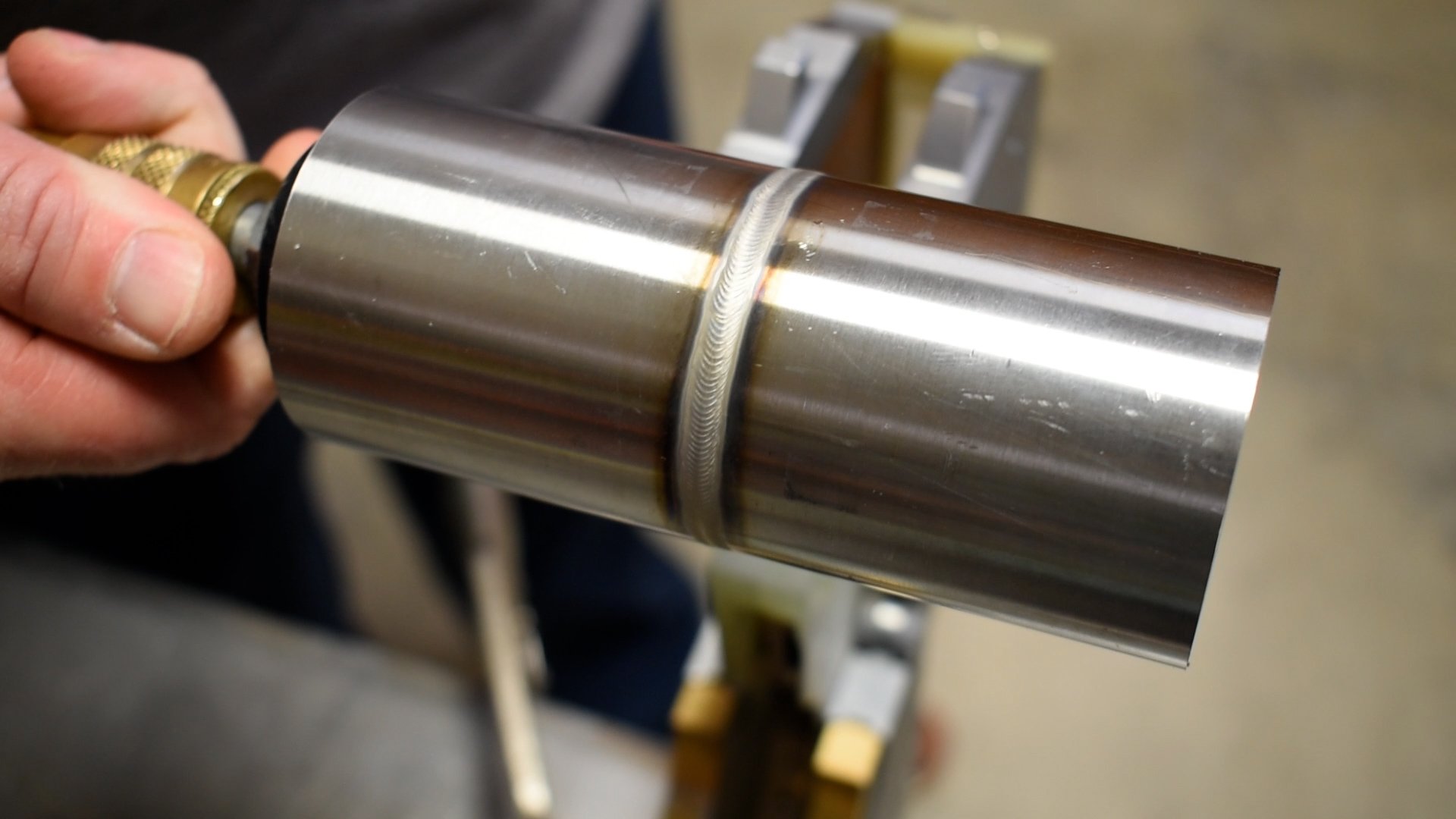Reliable Ways to Prevent Weld Undercut in Your Welding Projects
Reliable Ways to Prevent Weld Undercut in Your Welding Projects
Blog Article
A Comprehensive Guide to Identifying, Averting, and Correcting Undercut Welding Troubles in Your Welding Projects
In the world of welding, encountering undercut issues is a typical difficulty that can endanger the structural stability and overall top quality of your welding projects. Remain tuned as we discover the vital components of determining, stopping, and repairing undercut welding troubles, giving you with valuable insights and strategies to boost your welding skills to the next level.
Typical Reasons For Undercut Welding
Undercut welding, a common concern in welding processes, can be brought on by various elements that require to be thoroughly recognized and addressed to ensure the integrity of the weld joint. Among the primary root causes of undercut welding is extreme warmth input. When the welding parameters, such as voltage, current, or take a trip speed, are not correctly established, an excessive amount of warmth can be generated. This excess warmth causes the melting and succeeding removal of the base product along the sides of the weld joint, creating a groove understood as undercut.
Another typical root cause of undercut welding is improper welding strategy. Insufficient control of the welding lantern or gun, inaccurate angle or range in between the work surface and the lantern, or inconsistent traveling rate can all add to the formation of undercut. In addition, making use of the incorrect welding consumables or electrode size for a certain joint setup can lead to undercut issues. Recognizing these source and carrying out corrective procedures is crucial in protecting against and fixing undercut welding issues in welding projects.
Identifying Undercut in Welds

To recognize undercut precisely, proper lights and magnifying tools are important to inspect the weld joint extensively. Utilizing tools such as a welding scale or a magnifying glass can assist in spotting even the tiniest undercut imperfections. Additionally, running a finger or a finger nail along the weld joint can often reveal undercut, as the surface might really feel irregular or have a dip where the undercut exists.
Preventive Procedures for Undercut
Having a deep understanding of the reasons of undercut in welds allows for the execution of efficient preventative measures to keep weld top quality and integrity. These setups should be maximized to protect against excessive warmth input, which can lead to damage formation.

Methods for Repairing Undercut

Increasing the welding current or reducing the traveling speed can assist load in the undercut. Furthermore, transforming the welding technique from a press to a drag or vice versa can also assist lessen undercut.
An additional strategy is to make use of a weaving activity while welding to guarantee correct sidewall blend and fill in the undercut. By oscillating the welding arc from side to side within the weld joint, the welder can deposit more filler product into the undercut locations, successfully eliminating the problem.
Additionally, grinding out the undercut and rewelding the joint can be a viable solution for extra severe undercut issues - Preventing weld undercut. This process entails removing the undercut section, preparing the base metal, and then rewelding the joint with correct welding specifications and strategies to protect against undercut from reoccurring

Specialist Tips for Staying Clear Of Undercut
Making use of appropriate welding methods and keeping control over vital welding specifications are essential strategies for welders aiming to stop undercut in their weld joints. One expert pointer for avoiding undercut is to ensure correct joint prep work. This entails cleaning up the base steel completely to get rid of any type of pollutants that could bring about undercut formation. In addition, choosing the proper welding process and filler steel for the details application can assist avoid undercut. Welders need to likewise pay attention to moved here the welding present and voltage settings, ensuring they are within the suggested array to avoid overheating and potential undercut. Maintaining a constant travel speed throughout the welding process is one more vital idea to stop undercut. By relocating at a constant pace, welders can ensure correct blend and minimize the chance of undercut formation. Finally, checking the weld bead after completion can assist identify any signs of undercut beforehand, enabling immediate corrective activity to be taken.
Verdict
To conclude, recognizing, avoiding, and taking care of undercut welding problems in your welding projects is vital for ensuring strong and sturdy welds. Preventing visit weld undercut. By recognizing the usual root causes of undercut, having the ability to recognize it in welds, applying preventative actions, and making use of correct methods for dealing with undercut, you can avoid prospective issues and produce high-grade welds. Following professional tips for avoiding undercut can help you improve your welding skills and generate far better lead to your tasks
Undercut welding, a common concern in welding processes, can be caused by different factors that need to be carefully identified and dealt with to make certain the honesty of the weld joint. Furthermore, running a finger or a fingernail along the weld joint can occasionally disclose undercut, as the surface might feel unequal or have a dip where the undercut exists.
Using appropriate welding strategies and preserving control over crucial welding criteria are essential strategies for welders intending to stop undercut in their weld joints.In verdict, determining, stopping, and taking care of undercut welding issues in your welding jobs is essential for guaranteeing durable and solid welds. By comprehending the typical reasons of undercut, being able to identify it in welds, carrying out precautionary actions, and using appropriate techniques for dealing with undercut, you can index prevent possible issues and develop high-quality welds.
Report this page